"Excess" regulations but lack of money and people
In the draft Road Law that is being consulted for completion, the Ministry of Transport proposes to add 5 methods to exploit highway infrastructure assets, including: Directly organizing exploitation (the state directly manages, collects fees, and maintains); transferring the right to collect highway usage fees; leasing the right to exploit highway infrastructure assets; transferring the right to exploit highway infrastructure assets for a limited period of time; and franchising business and management rights according to the law on investment under the public-private partnership (O&M) method.
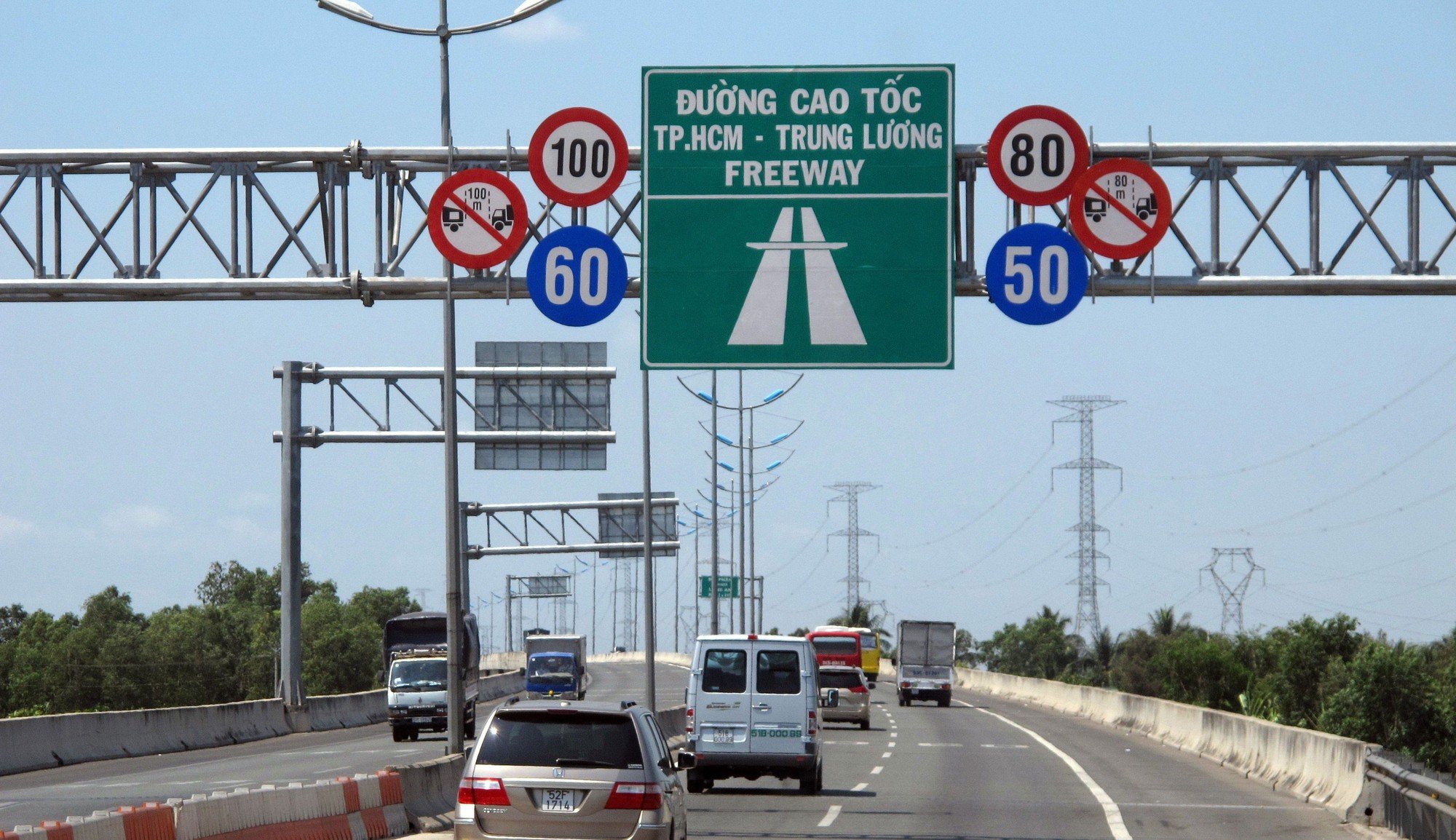
Ho Chi Minh City - Trung Luong Expressway is the first expressway to apply the concession form for private management.
The proposal of the Ministry of Transport comes from the fact that in the next 10 years, the capital demand for new investment in highways will reach nearly 240,000 billion VND, while the maintenance capital only meets about 45%. Meanwhile, investment in highways is facing difficulties in attracting investors due to the lack of a clear and attractive legal framework. At the same time, human resources for managing and operating highways are also a difficult problem.
Specifically, to meet the requirements of highway management and operation, an average of 2 technical workers are needed per kilometer of road. Therefore, by 2025, about 6,000 workers will be needed to manage and operate highways, and by 2030, 10,000 workers will be needed. This poses a heavy task for the Vietnam Road Administration, which will have to manage, operate, exploit, and maintain a large number of highways and more than 25,000 kilometers of national highways in the coming time.

Trung Luong - My Thuan Expressway
Speaking with Thanh Nien, an official from the Vietnam Road Administration said that according to regulations, after the investment and construction is completed, the expressway will be handed over to the owner or manager of the project for management, operation and exploitation. Although the subject of responsibility of the manager and user of the expressway depends on the investment capital source and the mechanism for assigning investment and construction, they must comply with the general regulations: the expressway must be managed and exploited for the right purpose and function; must be maintained, repaired and other maintenance activities to ensure safe and smooth traffic, and prevent and combat acts of encroachment on infrastructure. In addition to the general regulations on roads, because expressways have special requirements in operation and exploitation, the Government has issued Decree No. 32/2014 regulating the management, exploitation and maintenance of expressway works; The Ministry of Transport also issued Circular No. 90/2014 providing guidance on some contents on management, exploitation and maintenance of expressways, which was later amended and supplemented in Circular No. 45/2018, Circular No. 08/2015 regulating rescue work and estimated standards for rescue work on expressways. In addition, the Ministry of Health also issued Circular No. 49 regulating the organization and operation of emergency response for traffic accidents on expressways.
At the same time, the Ministry of Transport also requires that each expressway construction investment project must have its own management, operation and maintenance process suitable to the scale of the project, operation and maintenance characteristics, traffic organization of each route and specific maintenance requirements; responsibility for maintenance, repair, capital sources for implementation and methods for establishing maintenance processes, plans, and implementation organization...
Highway exploitation is not only about collecting tolls
From the above reality, Associate Professor, Dr. Tran Chung, Chairman of the Vietnam Association of Road Traffic Construction Investors (VARSI), affirmed that the complete legal framework and technical standards for the management and exploitation of expressways are a big gap that needs to be resolved as soon as possible.
Mr. Chung analyzed: Similar to other countries, the expressway system in Vietnam is classified as a special traffic project. Therefore, the management and operation work is also different from the management and operation of normal car routes. This is an activity with a very large and complicated workload. For example, even in the management of toll collection, there are many contents such as how to manage toll collection equipment, what the standards are, toll collection service staff, data storage to check the quality of toll collection work... In addition, traffic management is a key task, including: drafting traffic organization rules on the route, organizing to ensure traffic order. Currently, we do not have full-route regulation, so congestion often occurs on the expressway. In addition, it is necessary to quickly and promptly handle damage and obstacles on the road to ensure safety and convenience. Any object that falls on the road must be detected and handled immediately. Organizationally, this work requires a complete monitoring system, systems for clearing obstacles on the road, regular inspection of traffic equipment to ensure it is always in good working condition, a system for preventing violations of road traffic laws, a rescue station, and 24/7 on duty...
Secondly, maintenance is very important but in reality, it is not given much attention. Many projects in Vietnam deteriorate quickly, partly due to poor maintenance. The highway operator must regularly conduct inspections and assessments of safety conditions, road surface quality, control oversized and overloaded vehicles, and have solutions for maintenance and repair. The work is large in volume and technically complex, so it requires deep professionalism and specialization. Not only controlling the road by eye, but also high-tech, professional equipment is needed. Finally, there is the management of assets on the highway, protecting the land area reserved for the road... As in the case of the Hanoi - Lao Cai highway, when roadside stalls are opened, the management and operation unit will be the direct responsible unit.
"Operating and managing a 5-star hotel is much different from operating and managing a 3-star hotel. Operating a luxury apartment building is different from operating a normal commercial apartment building. Similarly, the management, operation and exploitation of highways is also very special, it is a huge amount of work. According to the plan, by 2030 - 2035, Vietnam will have about 5,000 km of highways with a total investment of nearly 40 billion USD. This is a very large real estate block that needs to be well managed and exploited to bring about investment efficiency, otherwise it will cause huge losses to the economy and to the investors themselves", Mr. Tran Chung expressed his opinion.
Urgent expansion of Ho Chi Minh City - Trung Luong - My Thuan expressway
The Government Office has issued a document conveying the opinion of Deputy Prime Minister Tran Hong Ha on the study of the investment plan to expand the Ho Chi Minh City - Trung Luong - My Thuan expressway. Accordingly, the Deputy Prime Minister assigned the Ministry of Transport to preside over the study and propose investment to expand the Ho Chi Minh City - Trung Luong expressway section with a scale of 8 lanes, the Trung Luong - My Thuan expressway section with a scale of 6 lanes under the PPP investment method for the entire route. At the same time, coordinate with the Ministry of Planning and Investment and the locality where the route passes through to agree on the appropriate type of contract, if necessary, report to the National Assembly on the application of the PPP contract type as well as the assignment of competent authorities to ensure that the expansion investment is implemented as smoothly as possible.
Franchise for private management
In the newly proposed models, the O&M franchise method is assessed by the Ministry of Transport to bring more benefits than the self-management option, because the state will receive a transfer fee and will not have to allocate annual capital for operation and maintenance. At the same time, it will bring values that cannot be converted into money, such as implementing the policy of socialization, mobilizing non-state resources to participate in the operation and maintenance of transport infrastructure, promoting business development, streamlining the apparatus, etc.
In fact, the model of the state building roads and then selling toll collection rights, applying the O&M contract form has been effectively applied for a long time in many leading countries in the development of highway networks in the world such as the US, Japan, China, etc.
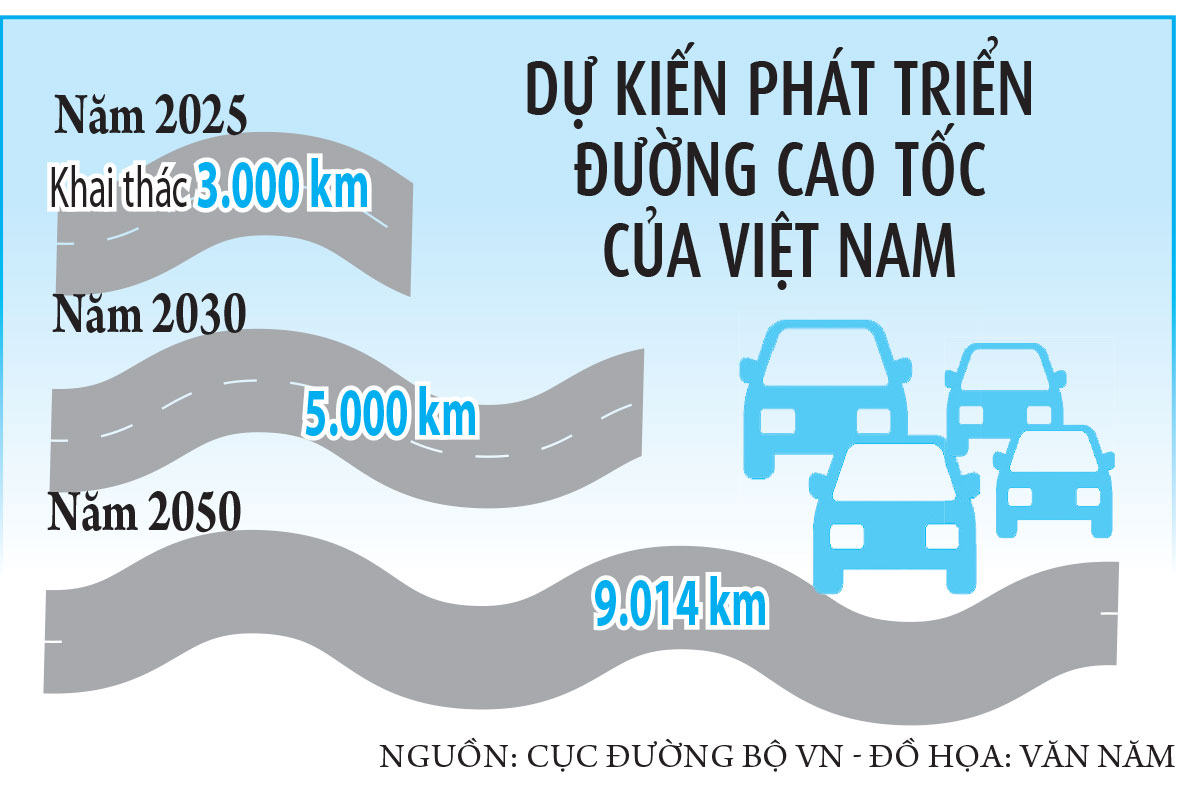
In Japan, existing public infrastructure that is being tolled remains under the ownership of the government, but the right to operate and exploit it is given to a private entity. The entities that are granted the right to operate carry out the contract for about 30 years, paying a portion to the government, and the rest in installments. The road companies use this money to offset the previous costs of building the expressway. The concessionaire can increase profits from the business of rest stops, organize events to attract vehicles, reduce management and maintenance costs, etc.
In Vietnam, the nearly 40 km long Ho Chi Minh City - Trung Luong Expressway passing through Ho Chi Minh City, Long An, and Tien Giang is the first expressway to apply this form of management concession. However, due to the implementation in the context of a lack of legal corridors on investment in the form of PPP, especially regulations on O&M contracts, the project has violated legal regulations. After the contract for transferring the right to collect tolls expired, the Ho Chi Minh City - Trung Luong Expressway had to stop collecting tolls and many problems and shortcomings arose such as difficulties in arranging capital for management and maintenance; increased traffic volume, reduced operating speed (only reaching an average of 60 - 70 km/h, while before the time of stopping toll collection, the average speed was 100 km/h); increased traffic accidents; frequent congestion during rush hours and holidays...
Dr. Le Dinh Vinh assessed that Vietnam has a special geographical location, favorable for the development of highways and the need for infrastructure development, especially highways in the coming time, is very large. Currently, there are PPP contract models, including O&M contracts, but they have not been widely implemented because this form is not really attractive to investors and the construction, negotiation, signing and implementation still have many problems. Specifically, the current legal system has many overlapping regulations in investment, construction and operation of highways. The PPP Law allows the management of highway projects in the form of O&M, but the law on public asset management also allows management in the form of toll concession. This leads to confusion in applying the law to select investors to carry out management and operation. In fact, some cases where the ownership of the highway is not clearly defined also cause difficulties for the parties involved when incidents arise during the management and operation process because they do not know which party will be responsible for resolving these incidents. In essence, the highway is a complete infrastructure system, posing the problem of whether the investor can implement it synchronously from the construction stage to operation and exploitation, or must it be divided into separate components for many investors to implement.
"The public investment and private management model has been effectively applied by many countries and it is necessary to develop a legal framework. If the Road Law is promulgated, it is necessary to review and provide detailed instructions on the main provisions of the O&M contract so that the state and private investors have a basis to build and organize the operation of cooperative projects on highway management and exploitation," emphasized Lawyer Le Dinh Vinh.
There is a legal basis for implementing O&M contracts in practice.
The Government has recently issued Decree No. 25/2023 supplementing regulations on enterprises managing and exploiting expressways and managers using expressways. Accordingly, expressway management and exploitation enterprises include: Project enterprises established under the provisions of the Law on Investment under the public-private partnership method to participate in signing and implementing investment contracts for construction, business and exploitation of expressways under the public-private partnership method; Enterprises leasing or receiving a limited-term transfer of the right to exploit expressway infrastructure assets in accordance with the provisions of law on management, use and exploitation of road traffic infrastructure assets; Enterprises assigned by the State to invest in the construction, management and exploitation of expressways. Expressway managers are agencies and organizations assigned by the State to manage and exploit public assets of expressway infrastructure; Enterprises managing and exploiting expressways. This is the legal basis for implementing O&M contracts in practice.
Associate Professor, Dr. Tran Chung , Chairman of the Association of Road Traffic Construction Investors of Vietnam
The law is complete but enforcement is inadequate.
The basic legal regulations are complete, but in the implementation process, some organizations and individuals assigned to perform the responsibilities of managers have not fully implemented the management regulations. In some cases, the expressway is degraded, its structure is deformed, the sign system is damaged, but the management unit is slow to maintain and repair, or sometimes the responsibility of each unit in each operation and management of the route is not clearly defined.
An officer of the Vietnam Road Administration
Source link








![[Photo] General Secretary To Lam attends the 80th Anniversary of the Cultural Sector's Traditional Day](https://vstatic.vietnam.vn/vietnam/resource/IMAGE/2025/8/23/7a88e6b58502490aa153adf8f0eec2b2)
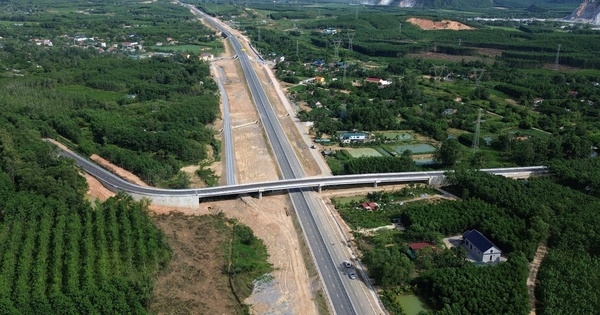

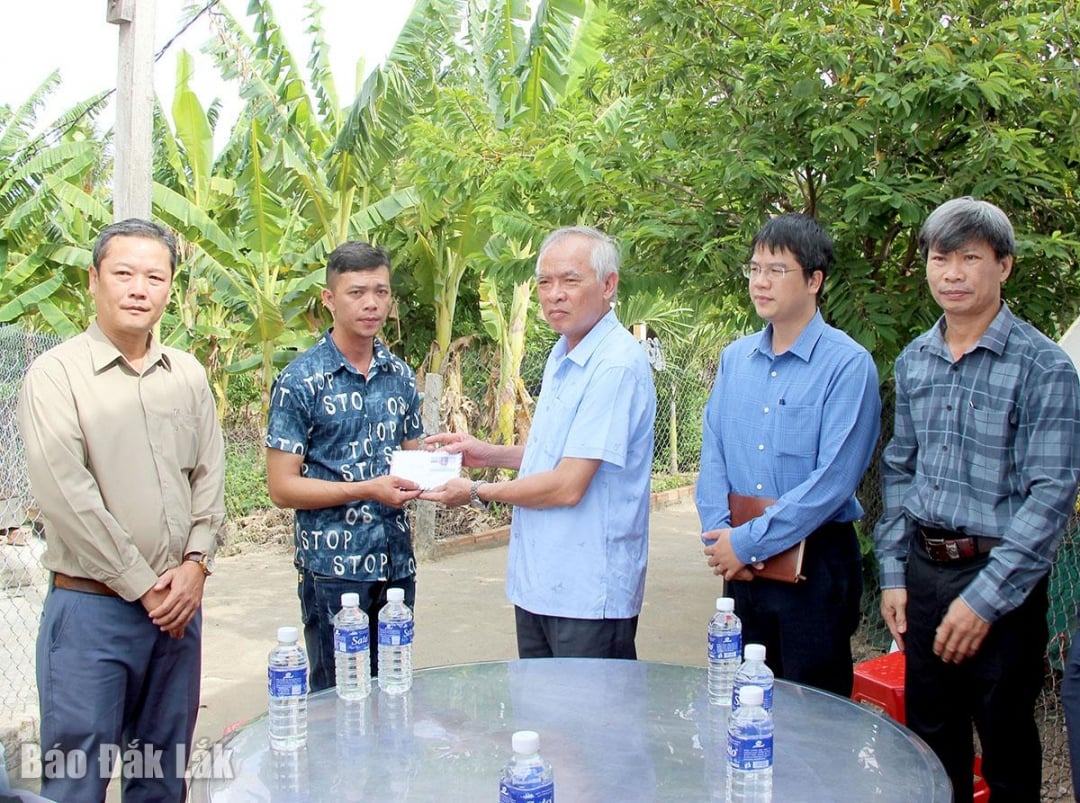

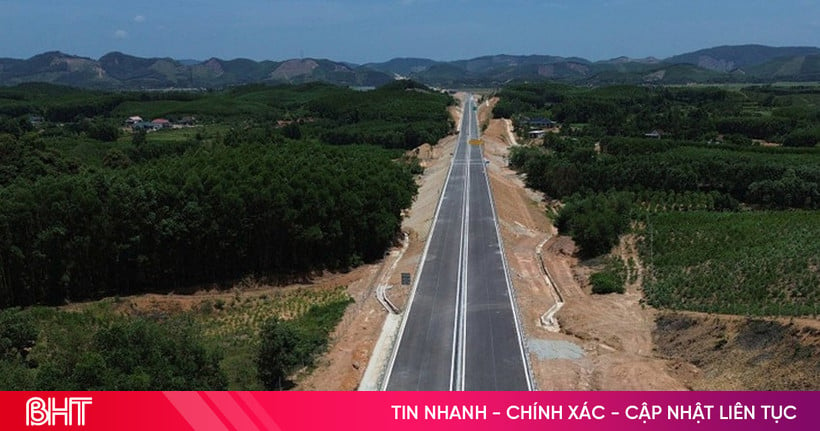

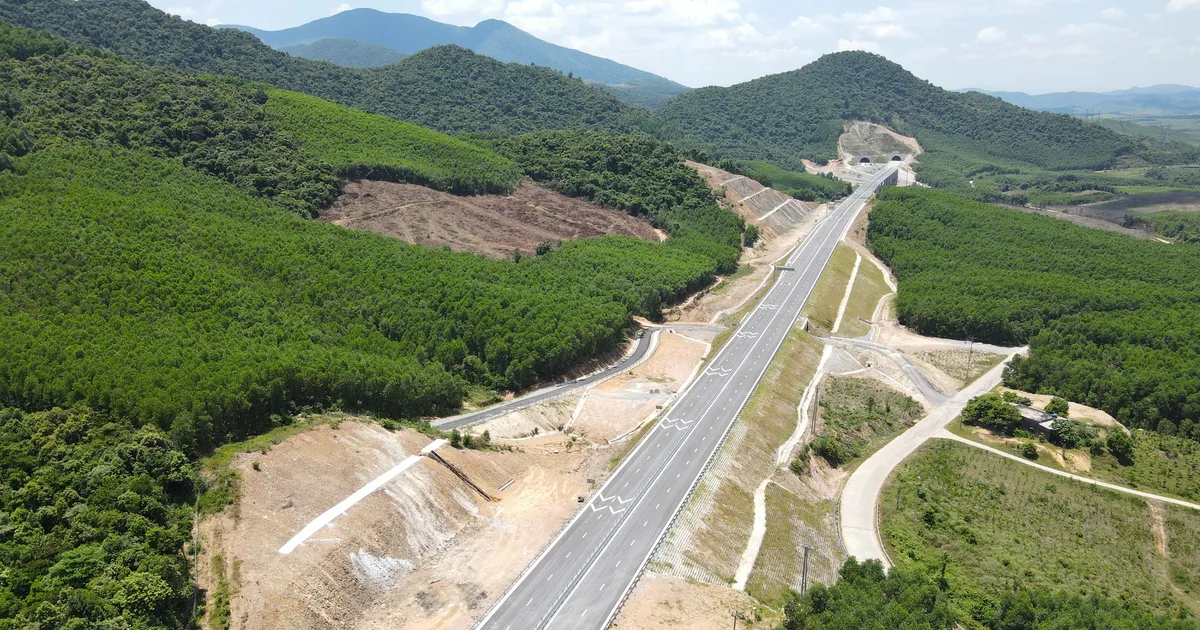

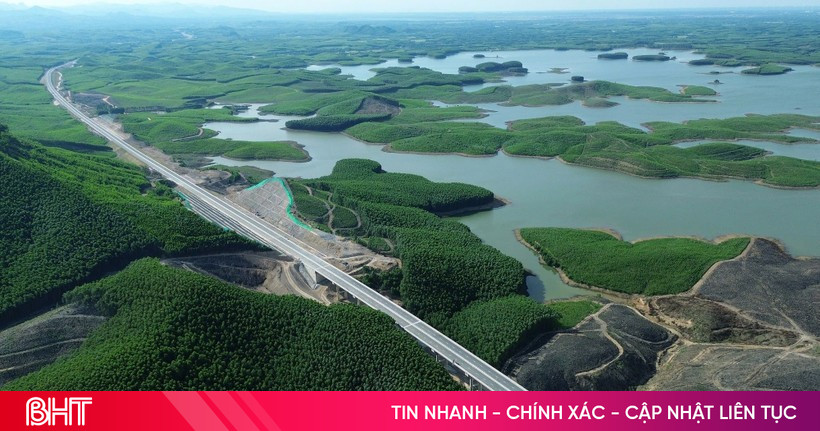
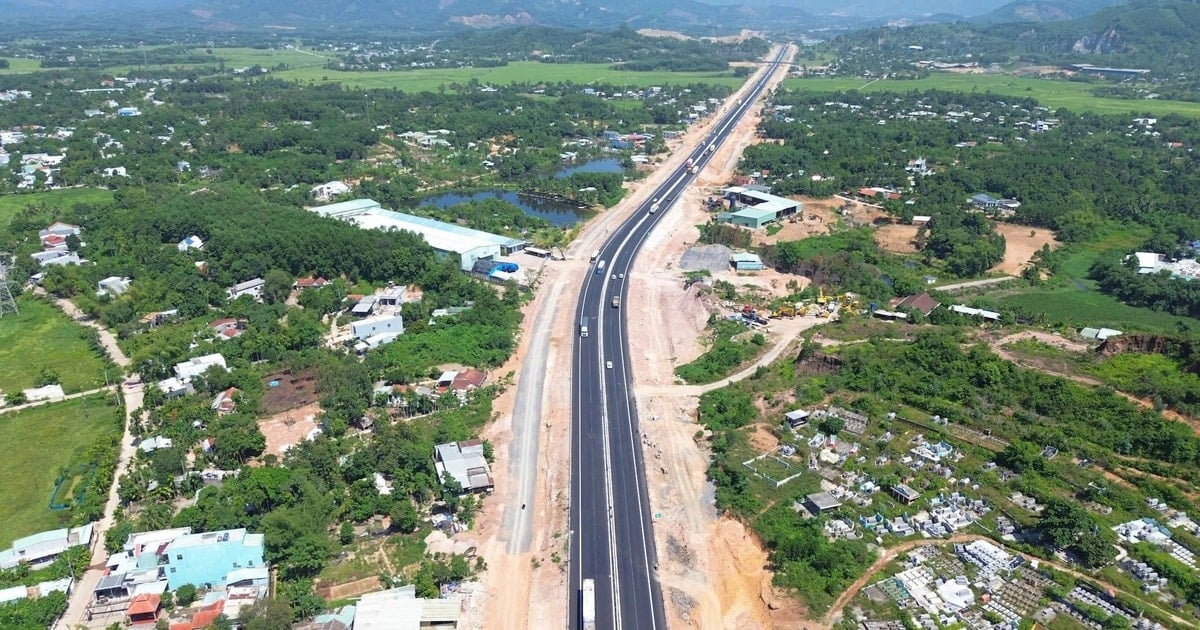

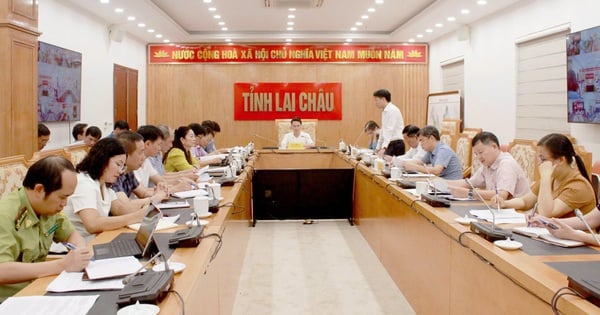

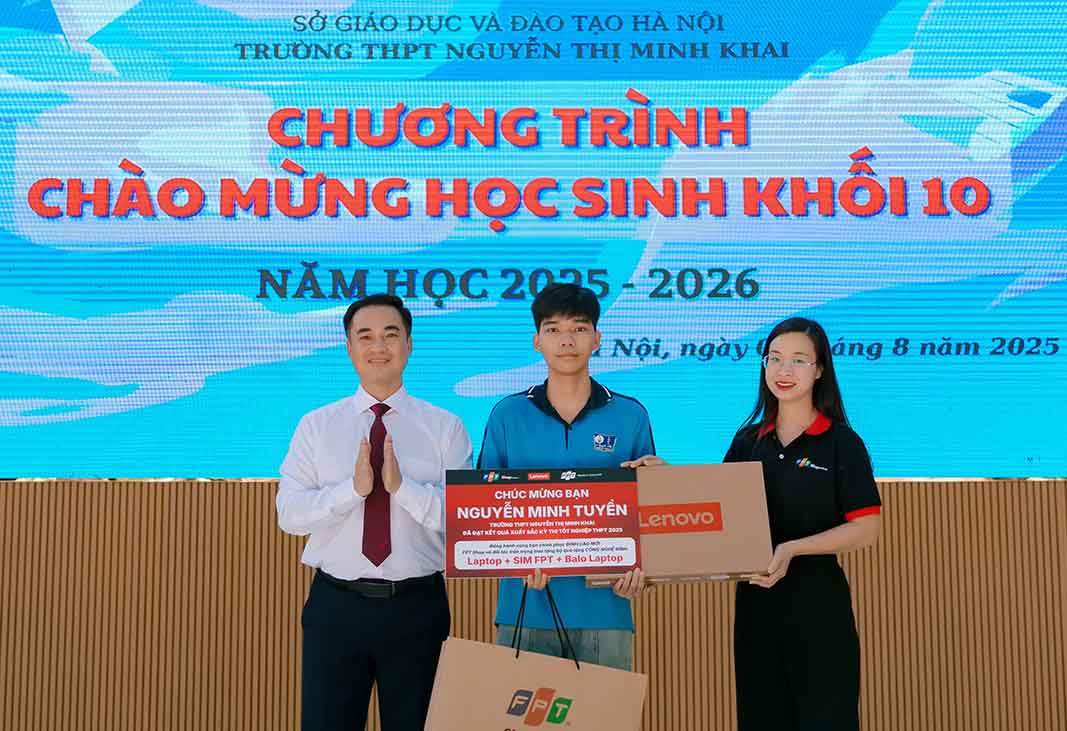




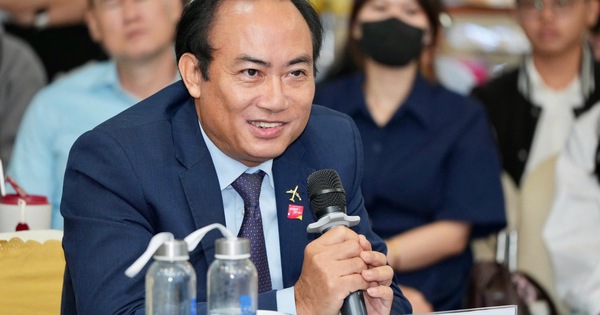




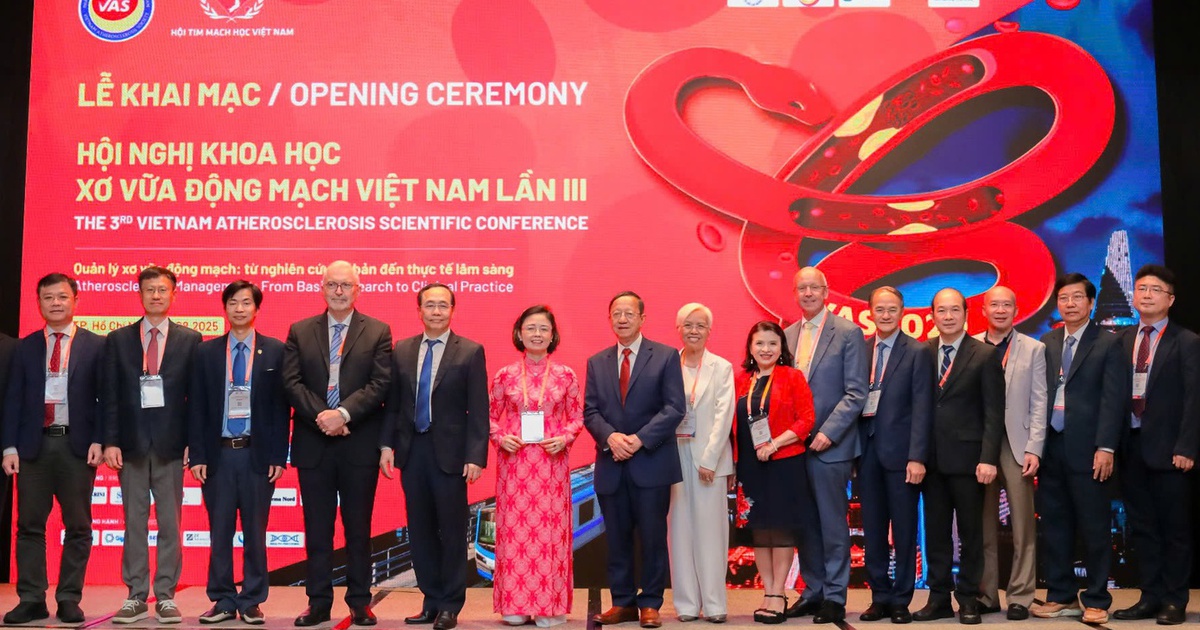
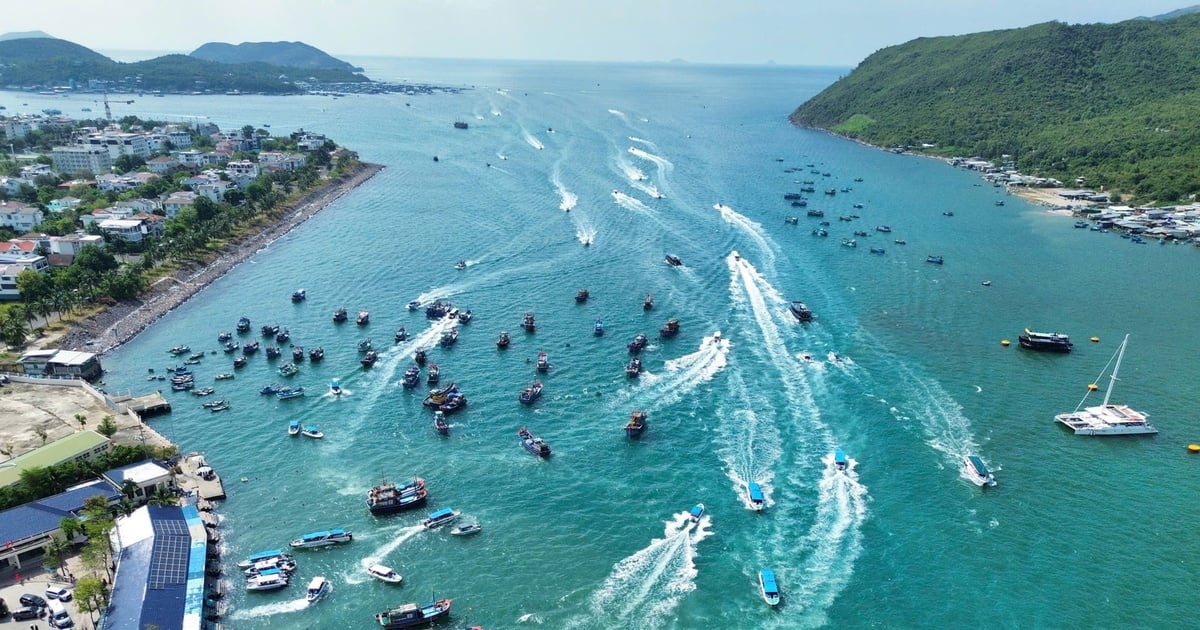
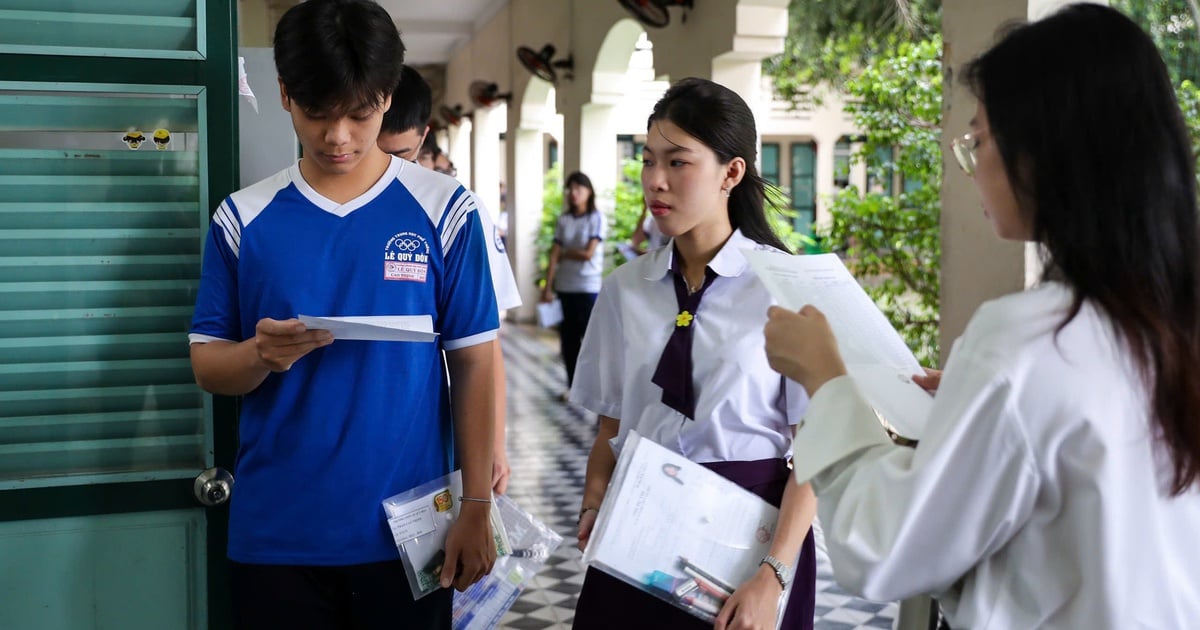




































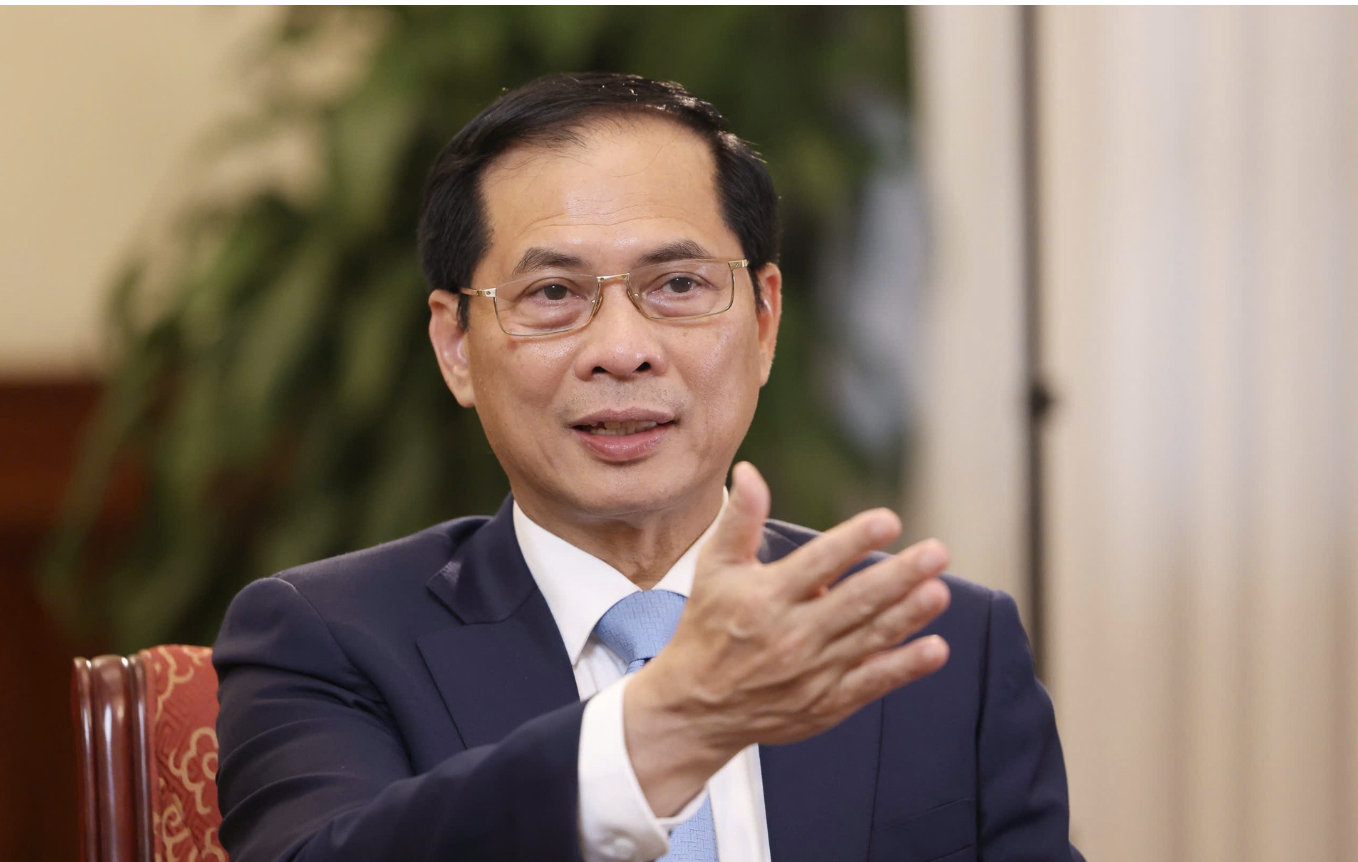

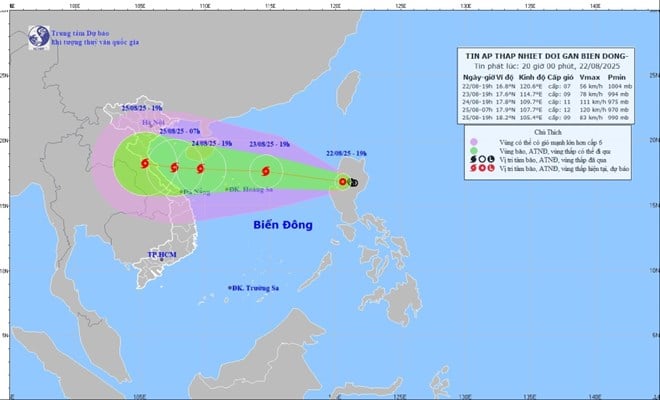



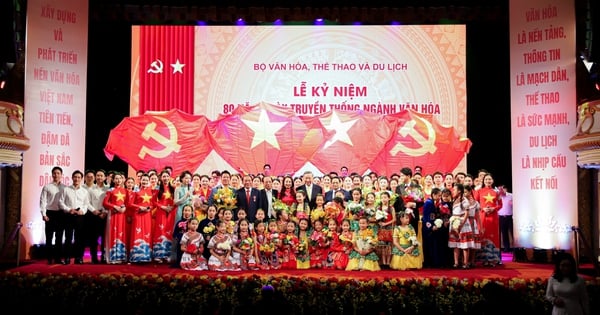

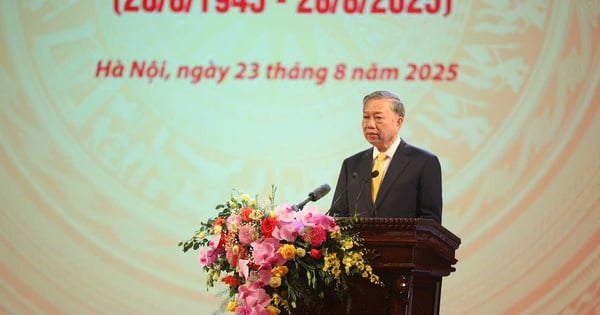
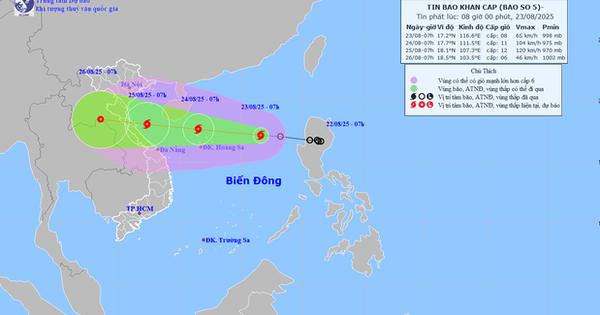

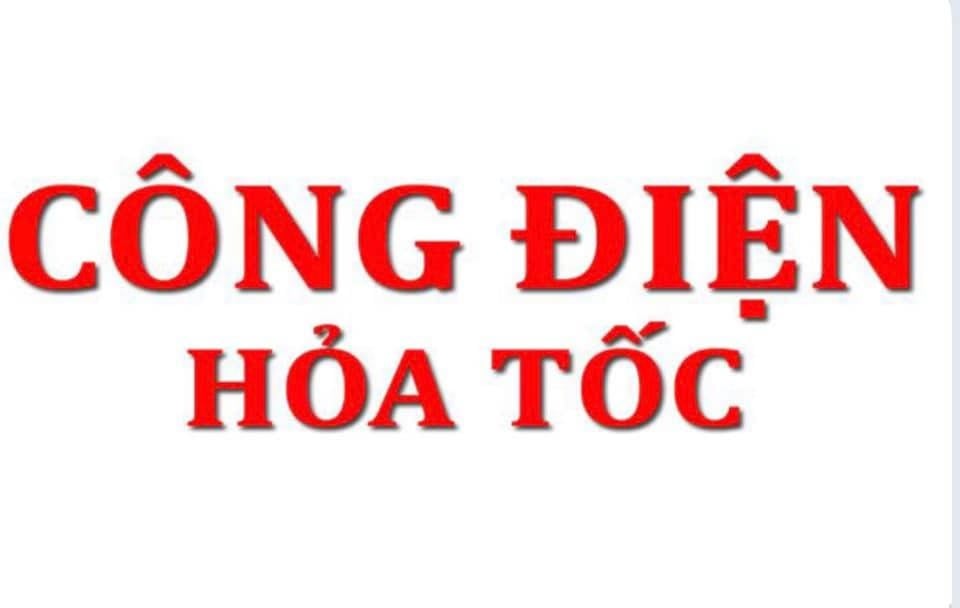

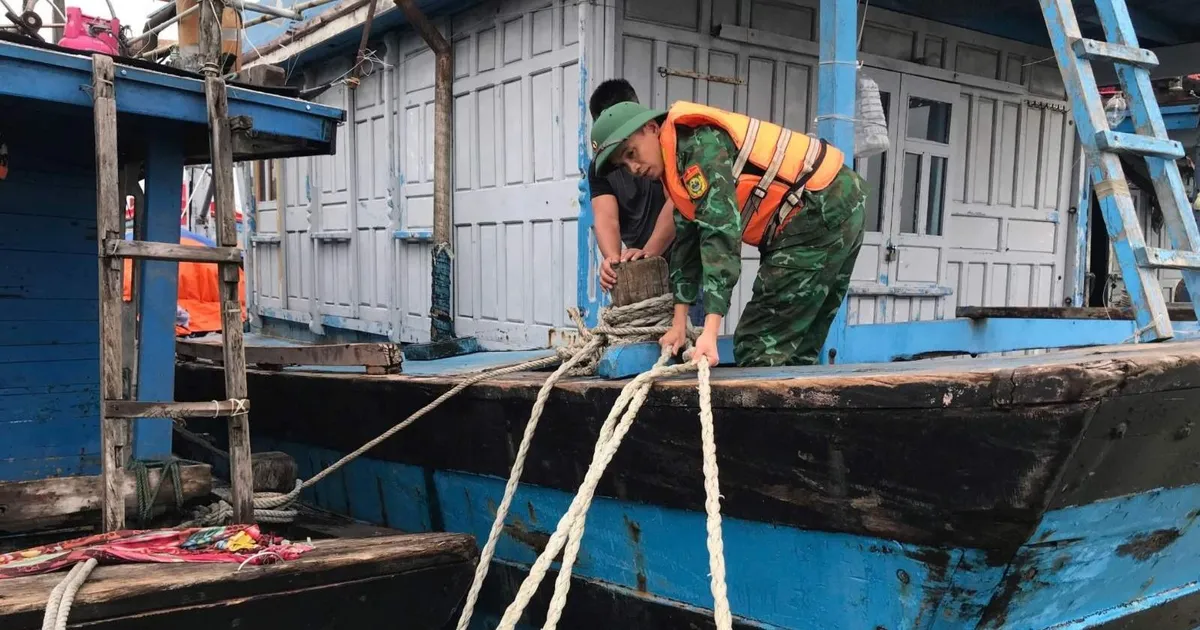
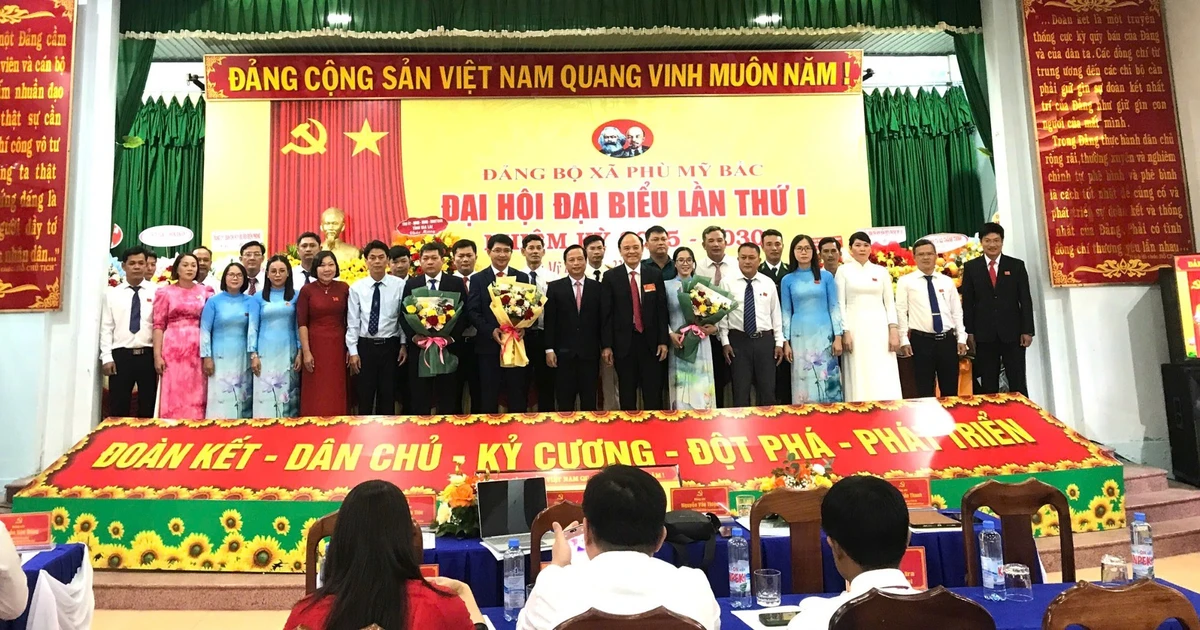

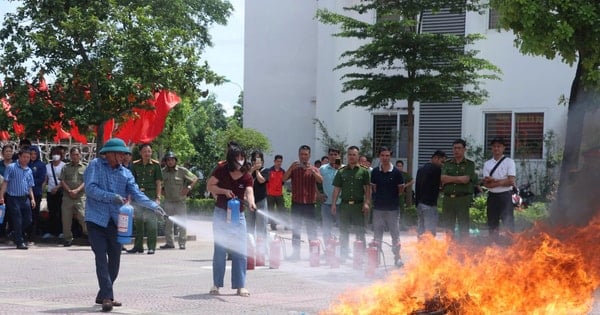

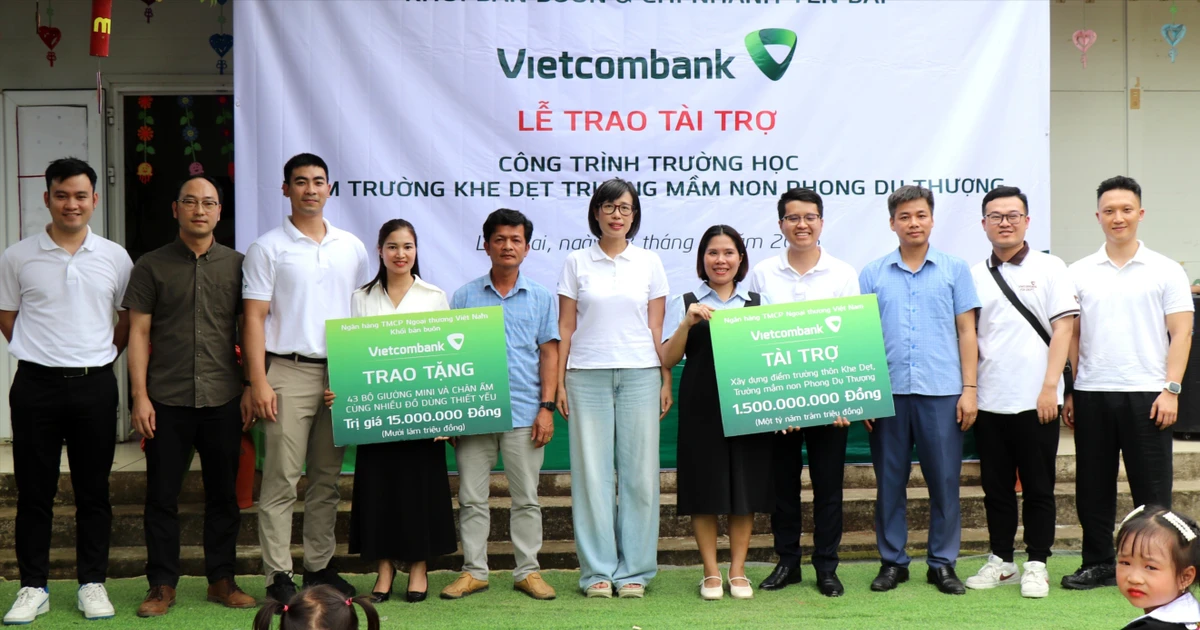



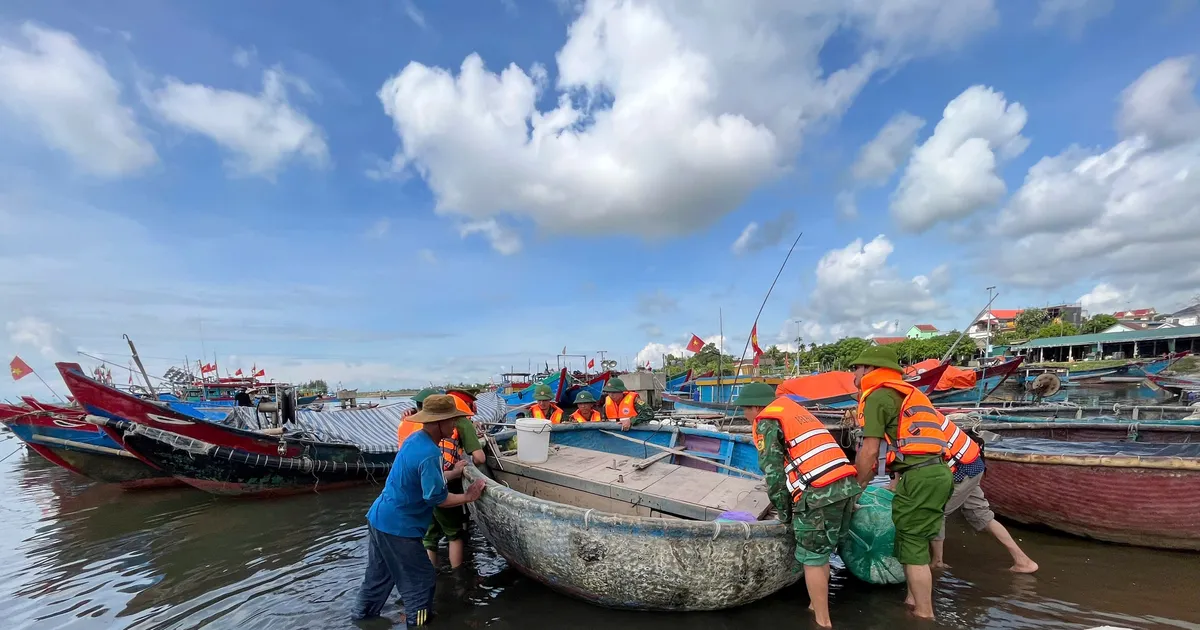




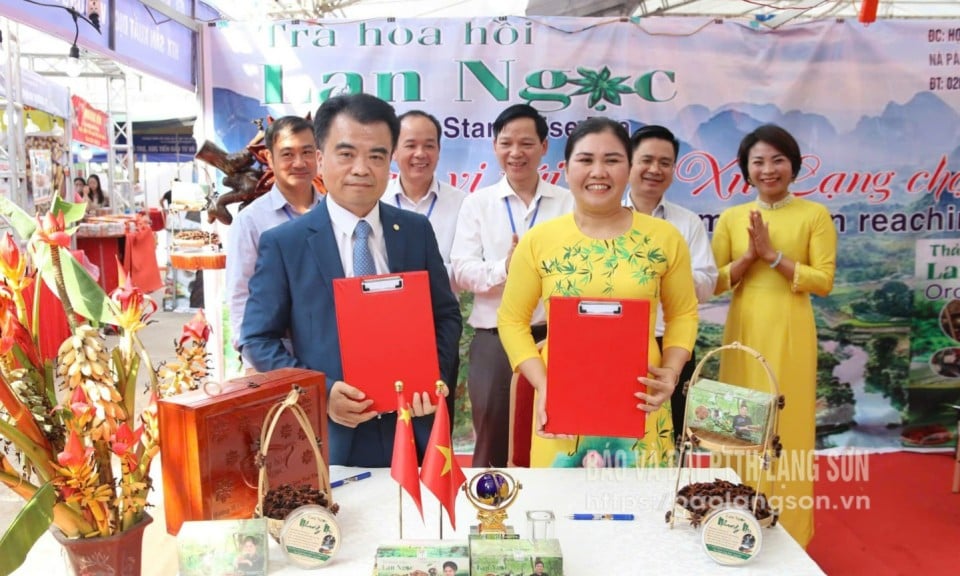

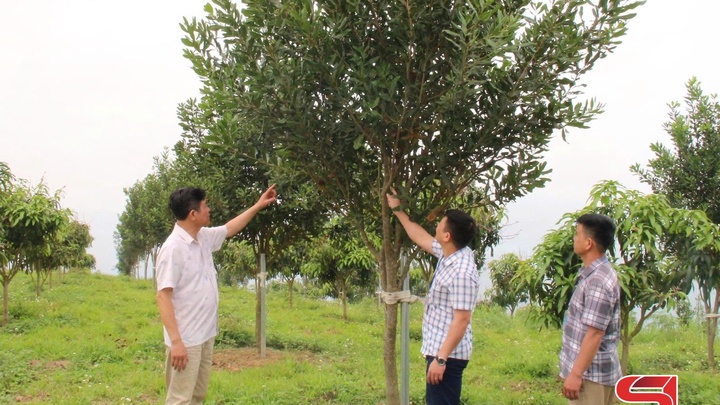






Comment (0)